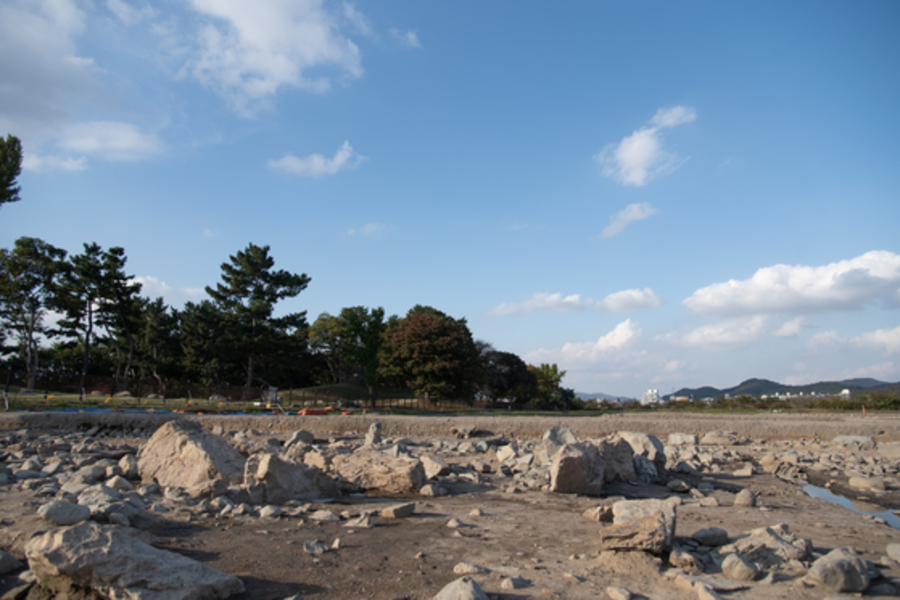
A Key Silla Kingdom Palace Found in South Korea
A long-term investigation in South Korea has uncovered a significant palace site belonging to the Silla Kingdom. This discovery has the potential to fundamentally alter the historical narrative of this ancient kingdom.
Background of the Silla Kingdom
The Silla Kingdom, established in 57 BC and lasting until 935 AD, ranks among the oldest kingdoms in Korea. During the Three Kingdoms period, Silla made remarkable advancements in art, architecture, and metalworking. In 668 AD, Silla allied with the Tang Dynasty to conquer Baekje and Goguryeo, unifying much of the Korean Peninsula.
New Findings on Donggung Palace
The Korea Heritage Agency recently announced that new findings indicate the location of Donggung, the palace of the crown prince of Silla, lies to the east of Wolji pond. Previously, researchers believed Donggung was situated on the western side of the pond. However, recent excavations in Gyeongju have revealed the palace’s true location.
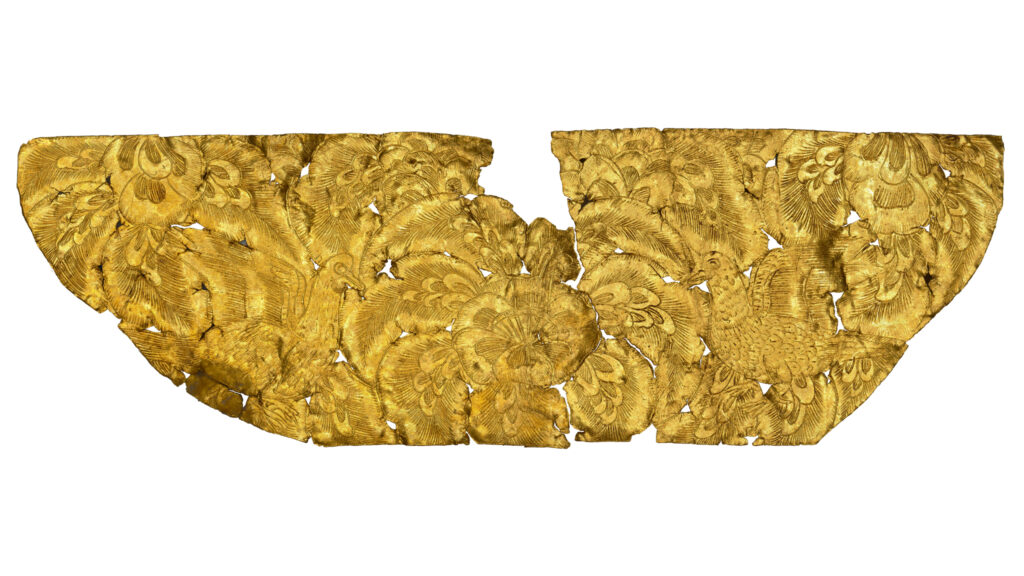
Choi Eung-chon, the head of the Korea Heritage Service (KHS), stated at a press conference that the ground on the west side of the pond is slightly higher than on the east side. He noted that remnants of structures on the west appear more prominent. This suggests that the king resided in the western area while his son lived in the eastern space. Choi also emphasized that the two areas functioned independently, with a separate pond located on the eastern side.
Differences in Drainage Systems
Officials from the Gyeongju National Research Institute of Cultural Heritage pointed out that the drainage systems for the two areas differ. Choi highlighted the discovery of a toilet system from the Unified Silla period (668-935) on the eastern side of Wolji. He believes this finding could rewrite the history of the Silla Kingdom.
Significant Artifacts Unearthed
Over the past decade, archaeologists have unearthed numerous significant artifacts around Donggung. In 2017, they discovered a perfectly cube-shaped ivory die. In 2022, they found an exquisite piece of pure gold foil featuring intricate microscopic carvings. This remarkable artifact showcases the advanced metalworking skills of Silla artisans.
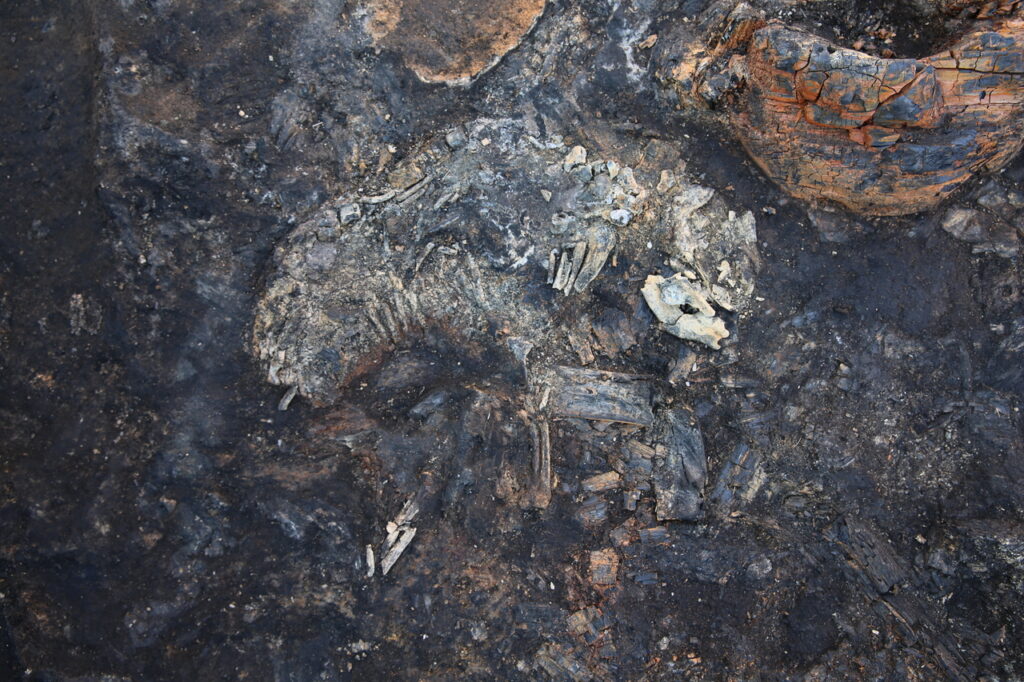
Ritualistic Discoveries
Other discoveries near Donggung include the remains of two dogs, a crystal necklace housed in a wooden lacquered container, and various metal artifacts. Researchers believe the dog remains found last year link to a human sacrifice ritual. KHS noted that the dogs were arranged symmetrically, indicating a ritualistic purpose.
Choi mentioned that the crystal necklace found in the wooden container provides valuable insights into the early ceremonies of the Silla Kingdom. However, the exact location of Silla’s original royal palace remains uncertain. While Wolseong is listed as a UNESCO World Heritage site, much of the area has yet to undergo thorough exploration for its historical significance. The KHS anticipates that this excavation project will continue for at least another 50 years.
Cover Image Credit: A photo of the excavation site of Gyeongju’s Wolseong, a palace complex of the Silla Dynasty (57 B.C.-A.D. 935). Credit: Korea Heritage Service
You may also like
- Archaeologists Discover 9,000-Year-Old Temple in Jordan Desert
- Sumerian Birth Certificate: One of History’s Oldest Records
- Archaeologists Uncover Unique Auditorium During Excavations in Sicily
- Astonishing 3,000-Year-Old Cave Paintings Unearthed in Brazil
- Ancient Assyrian Tablets: Science Uncovers 7th Century Writing Techniques
- The Mysterious Goddess of Levent Valley: 2800-Year-Old Hittite Goddess Figurine
- Discovery in Romania Reshapes History of Ancient Dacian Presence
- New Study: Climate Change May Have Played a Role in the Fall of the Roman Empire
- The Dazzling Treasure of Kibyra: The Medusa Mosaic Reopens to Visitors
- Stunning 2,500-Year-Old Settlement Discovered in North Macedonia
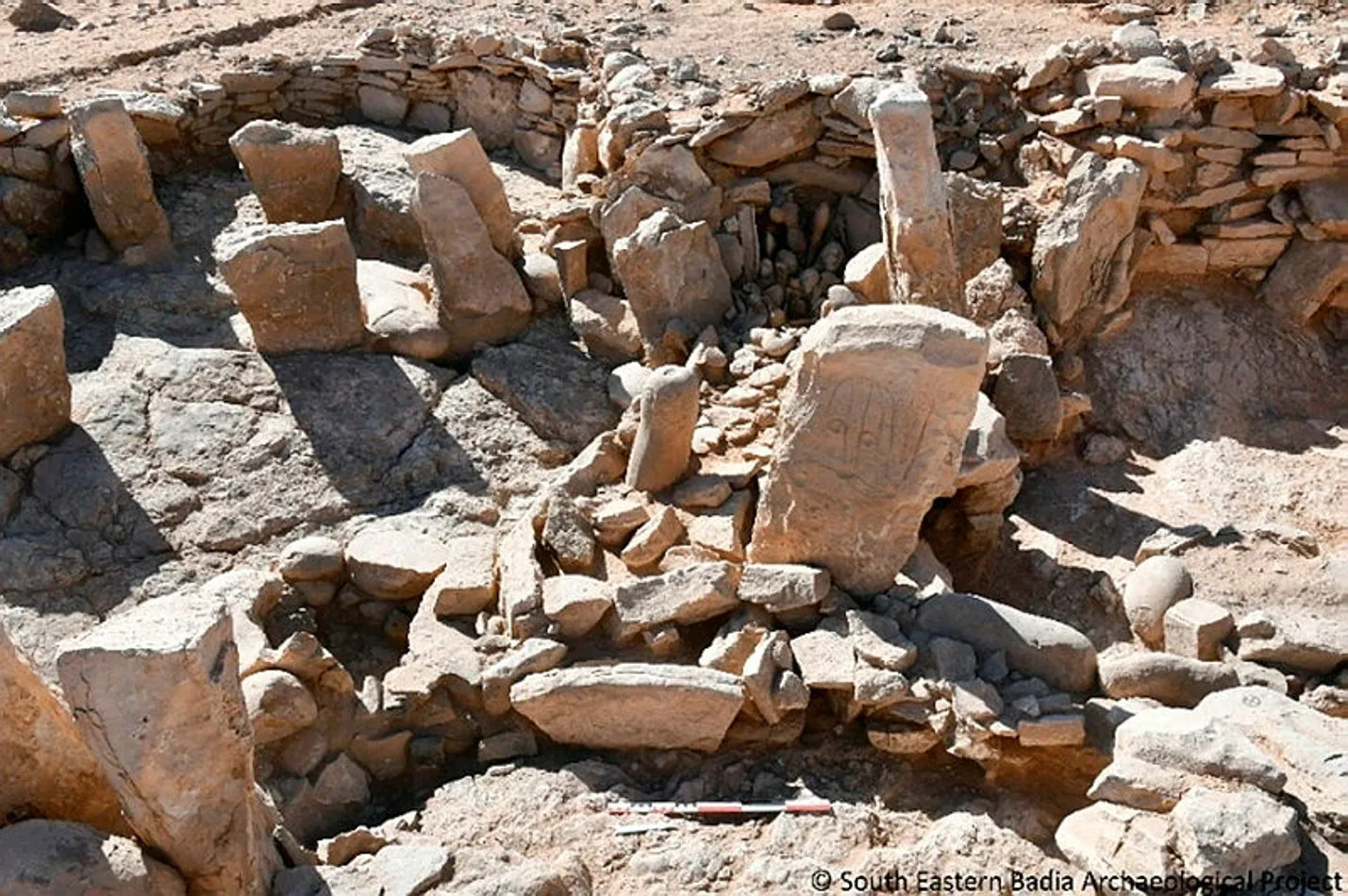
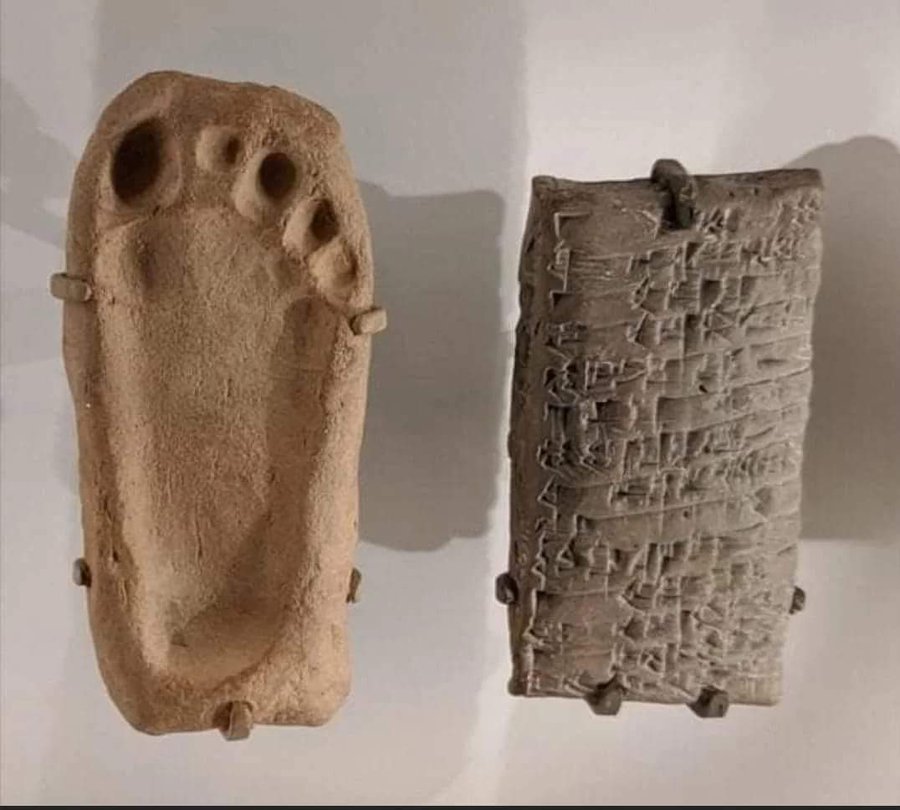
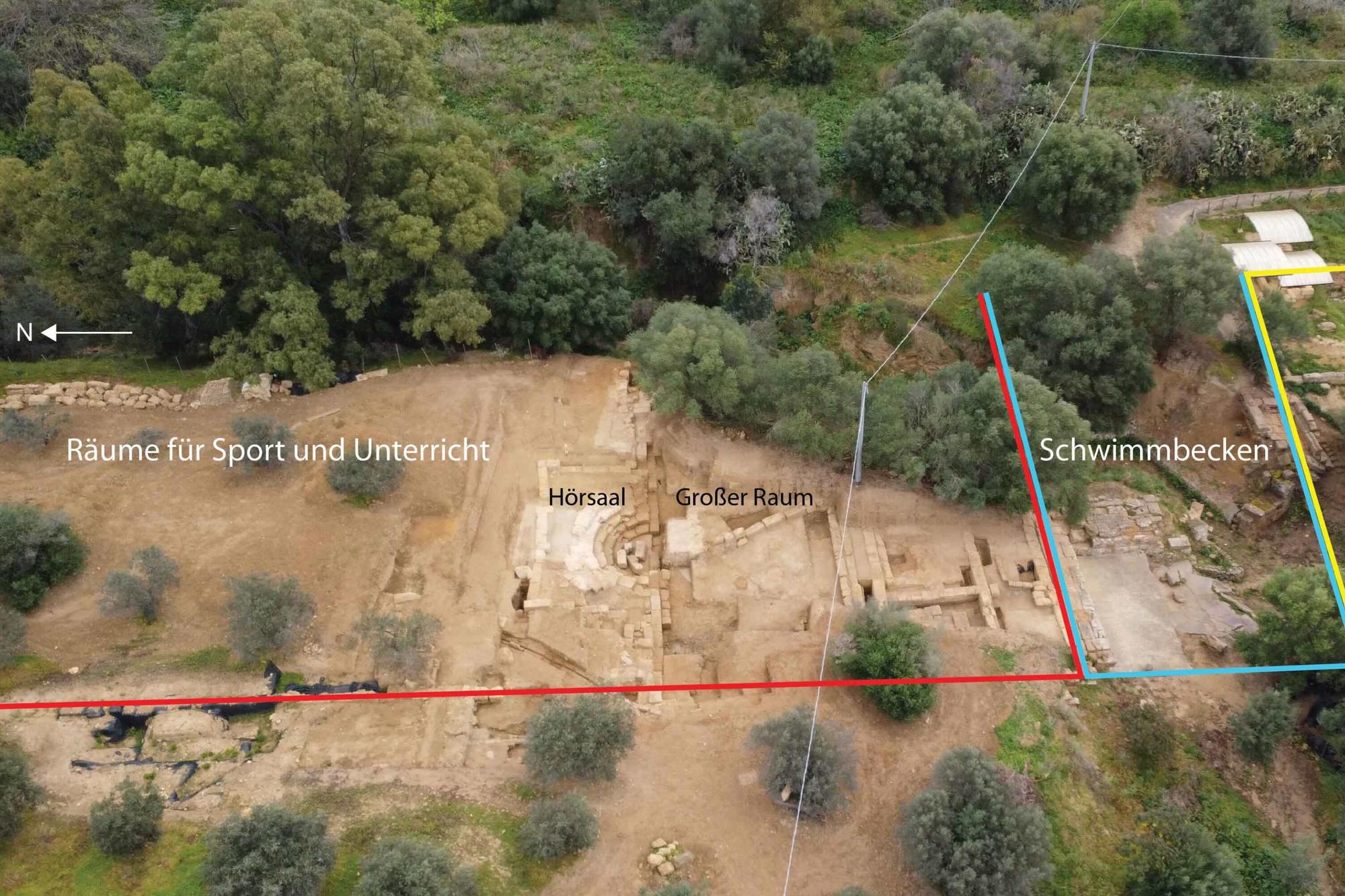
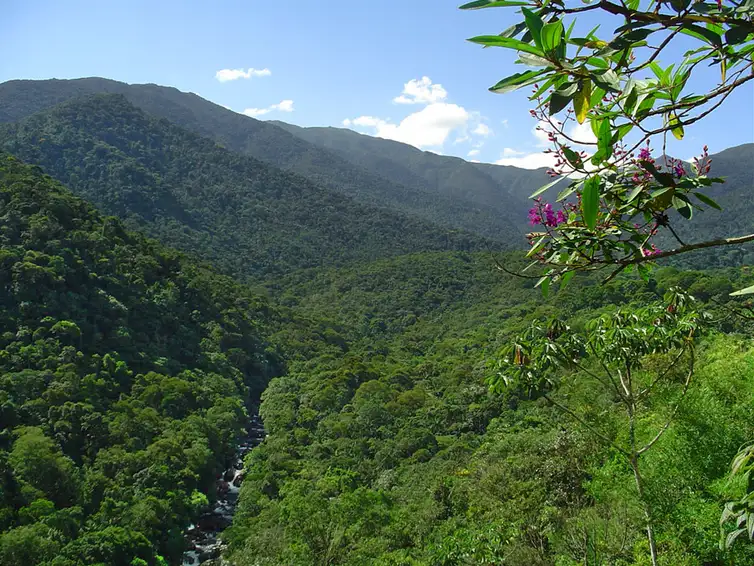
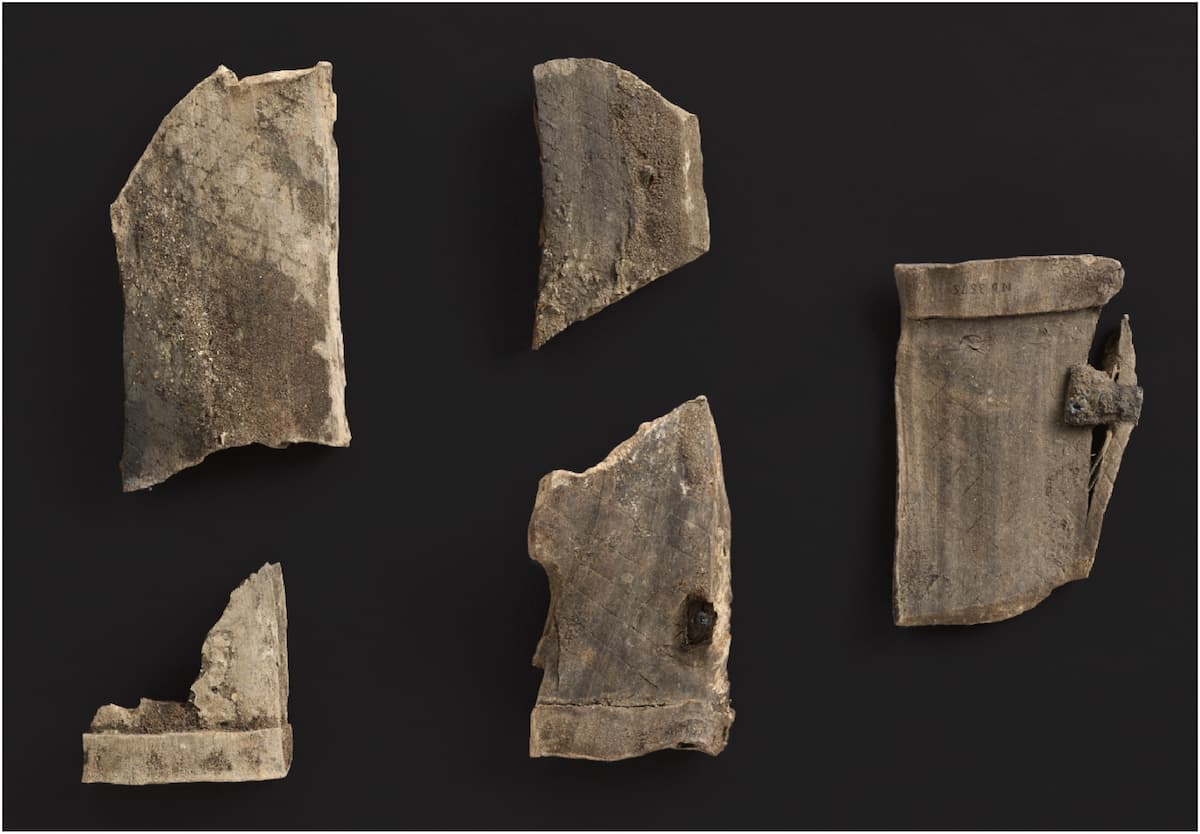
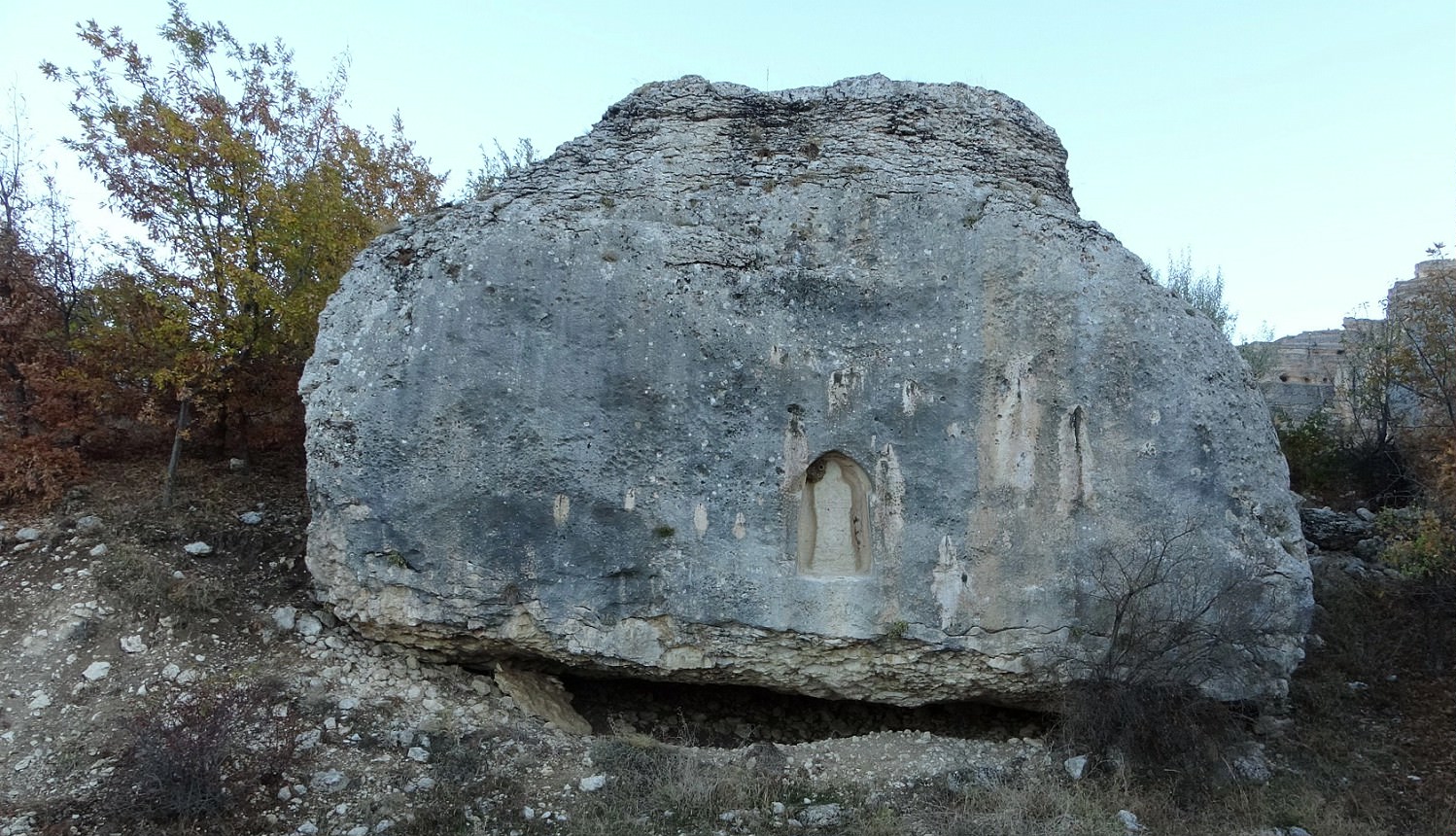
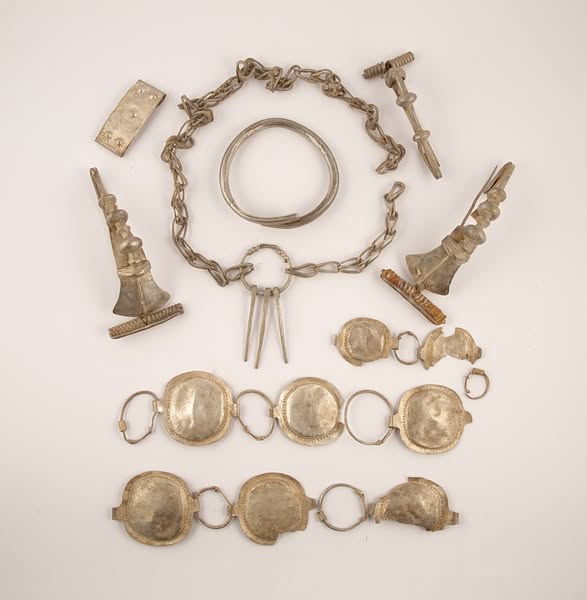

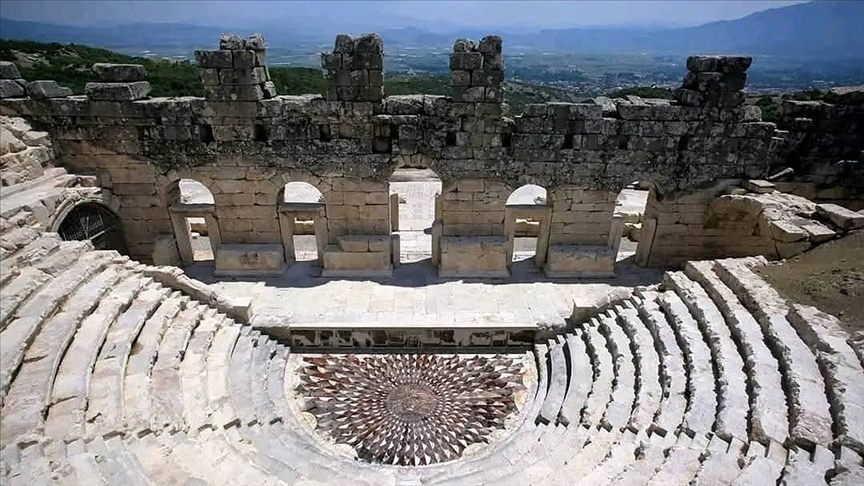
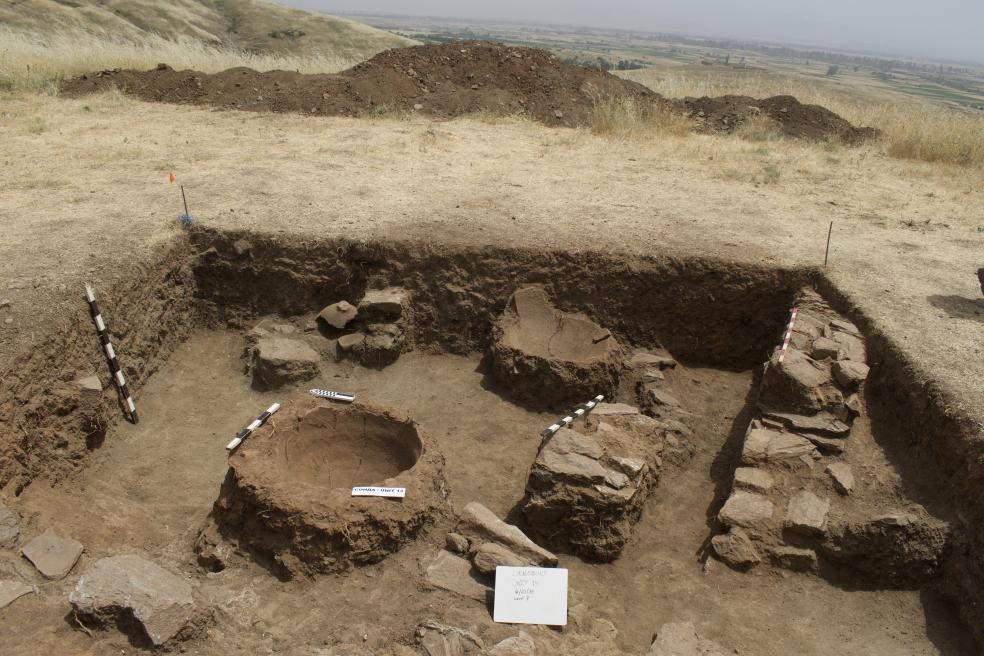
Leave a Reply